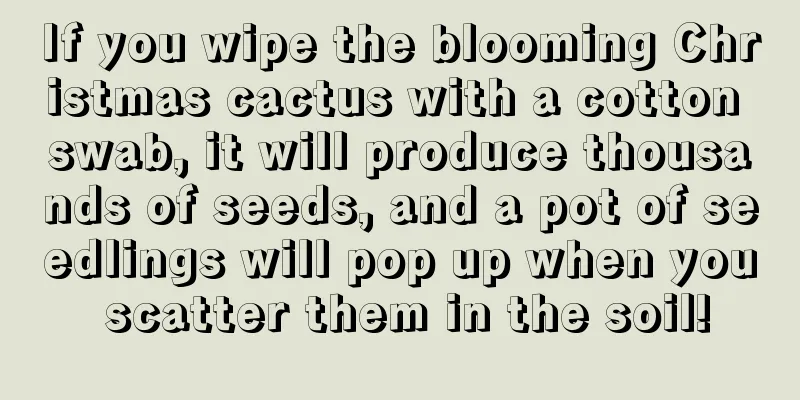How to propagate velvet arrowroot

Propagation by divisionDivision time: It is best to do it in early spring (February or March) after the soil thaws. Division method: After taking the mother plant out of the pot, shake off the excess soil, separate the tangled roots as much as possible, and use a sharp knife to split it into two or more plants. Each divided plant should have more roots, and its leaves should be properly trimmed to reduce water evaporation to facilitate survival. Potting and disinfection: Soak the divided small plants in 1500 times diluted Benomyl for five minutes, then take them out and dry them, then they can be potted. You can also use Benomyl to irrigate the roots immediately after potting. Management after division: After the division is potted, the roots should be irrigated or watered thoroughly once. Because its root system has been severely damaged and its ability to absorb water is extremely weak, it takes about 3 to 4 weeks to recover and sprout new roots. Therefore, try to water it as little as possible within 3 to 4 weeks after division to avoid root rot. However, the transpiration of its leaves is not affected. In order to maintain the water balance of the leaves, the leaves need to be sprayed 1 to 3 times a day (spray more when the temperature is high, spray less or not at all when the temperature is low). Do not fertilize during this time. After division, be careful not to get too much sunlight and try to keep it in a shade shed. Potting: When potting the seedlings, first put a 2-3 cm thick coarse-grained substrate or expanded clay at the bottom of the pot as a water filter layer, and sprinkle a layer of fully decomposed organic fertilizer on it as base fertilizer, about 1-2 cm thick. Cover it with a layer of substrate, about 1-2 cm thick, and then put the plants in to separate the fertilizer from the roots to avoid root burn. The substrate for potting can be one of the following. Garden soil: slag = 3:1; or garden soil: medium-coarse river sand: sawdust = 4:1:2; or one of paddy soil, pond mud, or leaf mold. Or peat: perlite: expanded clay = 2:2:1; garden soil: slag = 3:1; peat: slag: expanded clay = 2:2:1; sawdust: vermiculite: medium coarse river sand = 2:2:1. After potting, water it thoroughly and place it in a shaded environment for maintenance. Tissue culture propagationYoung stems or petioles of unexpanded leaves are often used as explants. After routine disinfection, the petioles are cut into 3 mm small segments and the tender stems are cut into 3 mm noded small segments under sterile conditions, and then inoculated on the culture medium to induce the formation of callus tissue and adventitious buds, and new plants are formed after cultivation. |
>>: What should I pay attention to when planting cornflowers?
Recommend
How to cultivate apricot plum
1. Soil Apricot plum is not very demanding on soi...
Hydroponic cutting method of rose
1. Cut branches Choose roses that are growing wel...
How to raise a bear paw
How to grow bear's paw: soil The potting soil...
Common pests of Clivia
Common pests of Clivia The most common insect pes...
How to propagate camellia and what to pay attention to
Camellia propagation method The main way to propa...
What to do if you are poisoned by daffodils
1. Manifestations and symptoms The problems are c...
How often should I change the water for my turtle?
Turtles are very popular pets and many people lik...
When is the best time to plant radishes for the winter?
As the saying goes: eat radishes in winter and gi...
What is the best month to plant kidney beans in the north?
When to plant kidney beans in the north Northern ...
What kind of fertilizer is good for rose base fertilizer (base fertilizer application method)
Effect of rose base fertilizer Applying base fert...
How long is the growth cycle of bamboo shoots?
Introduction to Bamboo Shoot Growth Chinese bambo...
Sapphire cultivation methods and precautions
1. Breeding methods 1. Potting soil: It has relat...
How long is the growth period of Amomum villosum
Introduction to the growth of Amomum villosum Amo...
What flowers are suitable for planting in the south in summer? Flowers suitable for planting in the south
What flowers are suitable for planting in the sou...
What are the cultivation methods and precautions of laurel
Introduction to Laurel Laurel is a plant of the g...









